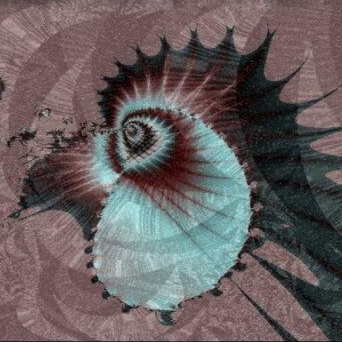Ok from what i understand, this paper is proposing that a very specific substitution of the Copper atom in the place of the lead atom in the lead apatite structure is responsible for this
This only happens at a very specific atomic site but it alters the structure of the material in a way that creates a "Flat Electronic Band" that is key to Supercon
But since it has to be at that very specific site at a very specific atomic proportion it could explain why people are having trouble replicating this material exactly
https://arxiv.org/abs/2307.16892
A Chinese lab is claiming to have made a sample that shows the meissner effect https://www.bilibili.com/video/BV14p4y1V7kS/?share_source=copy_web&vd_source=4627c2a4ec79c14d7e37ed085714be96 and they're apparently planning on doing more destructive testing to measure resistance once they have more than that one tiny sample.
So it seems like the theory behind why it might work is sound, and the method of producing it may work just with a very low success rate, but there's still not sound confirmation that what they're making is a superconductor. Even the best samples produced so far seem to be very impure and barely show off the expected properties of a superconductor, but are weird enough that they seem promising.
Finally, the calculations presented here suggest that Cu substitution on the appropriate (Pb(1)) site displays many key characteristics for high-TC superconductivity,namely a particularly flat isolated d-manifold, and the potential presence of fluctuating magnetism, charge and phonons. However, substitution on the other Pb(2) does not appear to have such sought-after properties, despite being the lower-energy substitution site.This result hints to the synthesis challenge in obtaining Cu substituted onthe appropriate site for obtaining a bulk superconducting sample.
Very much possible, i think very likely the original authors got extremely lucky and achieve a successful sample in spite of their crude synthesis method, also explains why others are having a tough time replicating it exactly
still worth investigating
i think very likely the original authors got extremely lucky and achieve a successful sample in spite of their crude synthesis method
It sounds like they've managed it through sheer volume more than luck. They allegedly made thousands of failed samples before getting the large chunk they showed off. Ostensibly they discovered the material over 20 years ago and have spent those decades trying to figure out how to replicate it at all and make better samples.
The sample the Chinese lab made appears to be an incredibly tiny flake around the size of the head of a pin, if not smaller, so they may have been carving away at a failed sample until they found a tiny flake that seemed to be lk-99.
I think the video the Chinese lab posted is just as ambiguous and unconvincing as the video posted by the original research team.
Ignoring that the video was very blurry and poorly shot, once again they have a sample that only partially levitates over a magnetic field. Not only that, it occasionally switches which side of the flake remains on the magnet. That last bit makes it a bit harder for me to argue that it's a result of impurities and non-uniformity in a superconducting sample.
Personally, I'm not going to be convinced until the actual resistivity of a sample is measured to be zero by several independent labs, and the methodology in doing so is deemed valid by consensus among condensed matter physicists.
The original paper features a temperature to resistivity graph that appears to reach zero below the stated critical point, but the Y-scale is so comically large that the resistivity of plain copper (1.72 x 10^-8 Ωm) would be indistinguishable from zero.
They still aren't behaving like a superconductor, it looks like it's just copper interacting with a strong magnetic field.
guy seems to be a bit of a hypebeast but I do want to believe
yeah. I don't have anywhere near the expertise to evaluate that though, so I'm going on vibes and what other people are saying, and I've heard a lot of skepticism. Its not that the paper is fake or wrong, just that his interpretation of it may not be a level headed evaluation of the prospects. Honestly it's cool either way. I did get a chuckle out of this video though (which doesn't directly relate to the superconducting abilities of the material, just the silly demo video that was on their website)
even if it turns out to be bs, it would be cool to have the imagined giant solar array in India and Arizona, connect them together and have solar power all the time.
https://nitter.net/iris_igb/status/1685731177523449856 I think this twitter user did see the meissner effect as well, I'm not well-versed enough in chem to really know what she did here, especially since she says it's not a replication thread, but she appears to have been messing with a production method of the material and did see strong diamagnetism?




